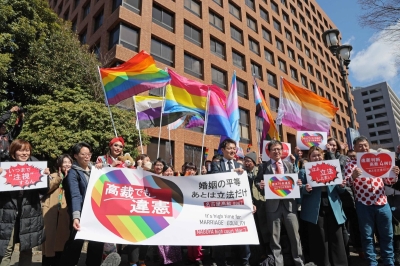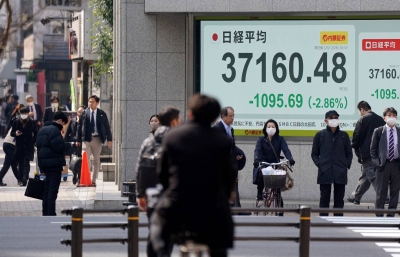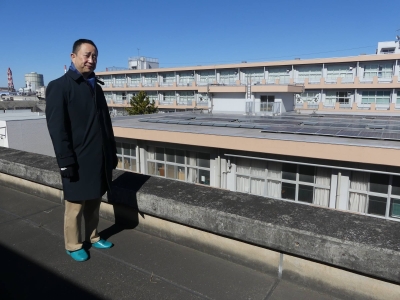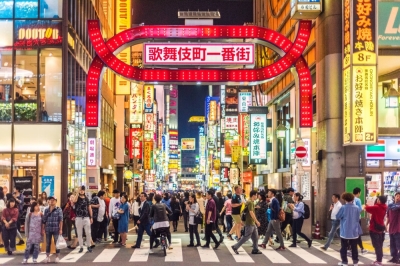In May of last year, Tsuyoshi Yoshigabeppu, an employee at a major Japanese shipping firm headquartered in Tokyo, moved to the capital from Nagoya with his wife and young daughter as part of an internal job transfer.
With the relocation, his family joined the wave of people moving into the sprawling metropolis, fueling its unrelenting growth as the rest of Japan shrinks. The phenomenon is known as ikkyoku shūchū (centralization), which in this context refers to Tokyo’s domination of population, industry and resources.
The demographic trend has long been a dilemma for all levels of governments trying to address issues plaguing many municipalities across the nation such as rural depopulation, falling birthrates, an aging populace and shrinking economies — so much so that some decry the capital as a “black hole” that sucks everything in.


















With your current subscription plan you can comment on stories. However, before writing your first comment, please create a display name in the Profile section of your subscriber account page.